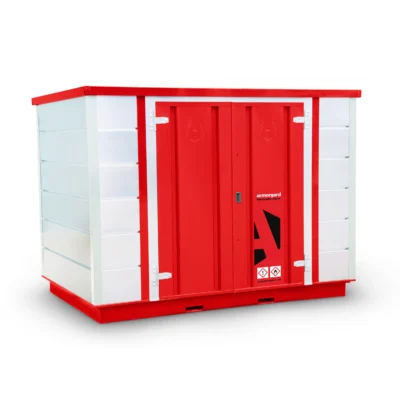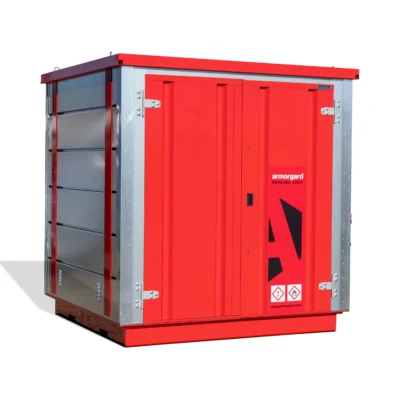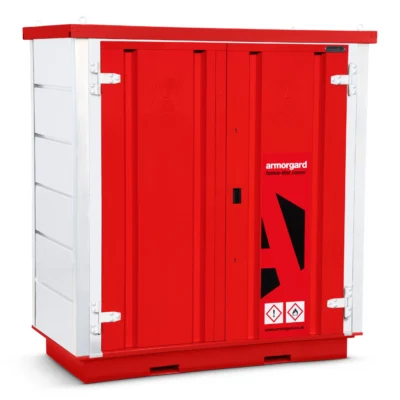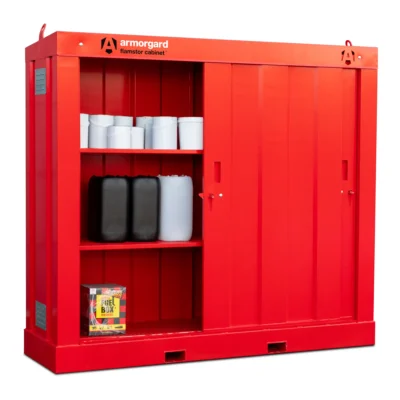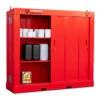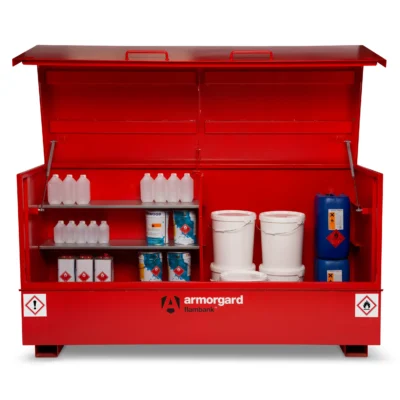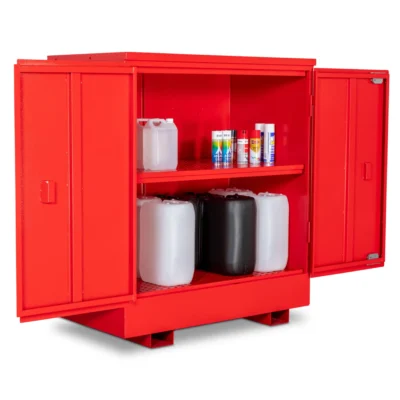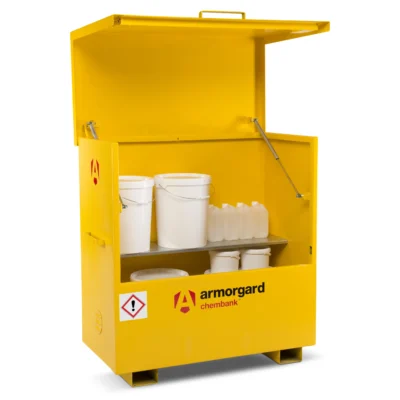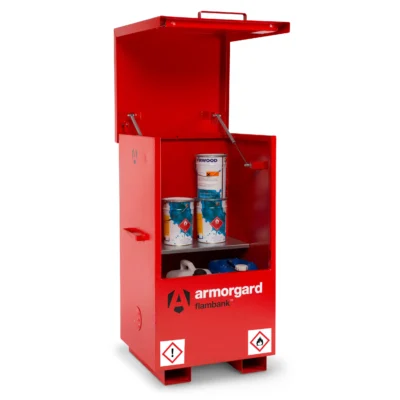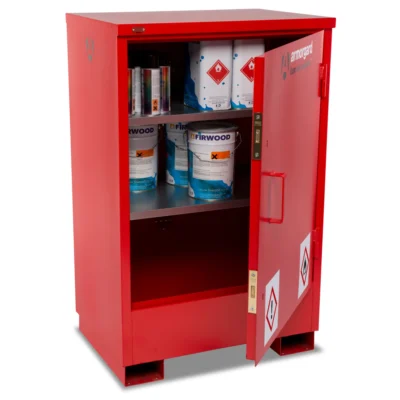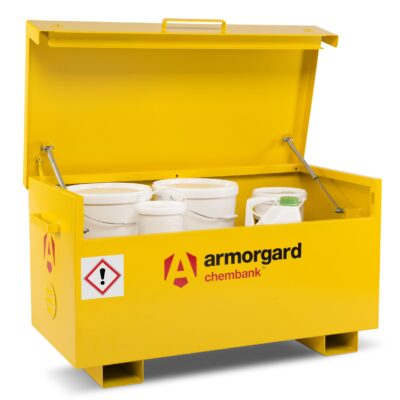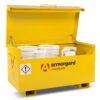-
Forma-Stor COSHH | FR400-C
From £6,339.98 Ex. VAT Select options This product has multiple variants. The options may be chosen on the product page -
Forma-Stor COSHH | FR300-C
From £5,575.11 Ex. VAT Select options This product has multiple variants. The options may be chosen on the product page -
Forma-Stor COSHH | FR200-C
From £4,800.56 Ex. VAT Select options This product has multiple variants. The options may be chosen on the product page -
Forma-Stor COSHH | FR100-C
From £3,945.34 Ex. VAT Select options This product has multiple variants. The options may be chosen on the product page
Hazardous storage involves the careful and secure containment of materials that pose a significant risk to health, safety, or the environment. These materials can include chemicals, biological agents, radioactive substances, and other dangerous goods. Proper hazardous storage is essential in various industries, such as pharmaceuticals, manufacturing, and research laboratories, to prevent accidental releases, contamination, and exposure. Effective storage solutions require specialised containers and facilities designed to contain potential hazards and mitigate risks.
Regulatory compliance is a critical aspect of hazardous storage. Organisations must adhere to stringent guidelines and standards set by bodies such as the Health and Safety Executive (HSE) in the UK. These regulations dictate how hazardous materials should be stored, labelled, and managed. Facilities must be equipped with appropriate safety features, including secondary containment systems to capture spills, ventilation systems to prevent the accumulation of dangerous fumes, and robust security measures to prevent unauthorised access. Regular audits and inspections ensure that these facilities maintain compliance and address any safety concerns promptly.
Employee training and emergency preparedness are integral to managing hazardous storage effectively. Workers must be thoroughly trained in the safe handling, storage, and disposal of hazardous materials, as well as the proper use of personal protective equipment (PPE). Clear procedures and protocols should be in place for responding to incidents such as spills, leaks, or exposures. This includes having readily accessible emergency equipment, such as eyewash stations and decontamination showers, and well-defined evacuation plans. By prioritising safety education and preparedness, organisations can reduce the risks associated with hazardous materials and ensure a safer working environment for all employees.







